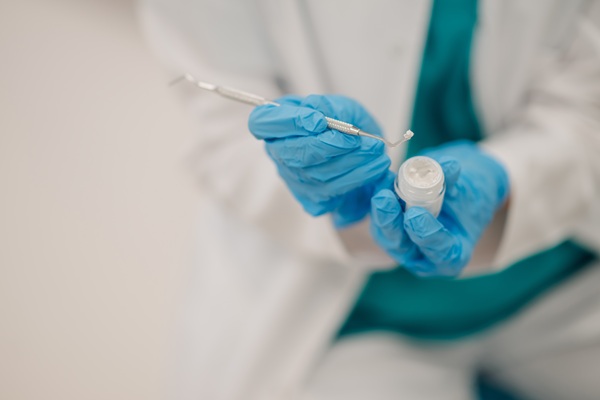 If periodontitis is not treated and progresses, pocket reduction surgery from a periodontist is one of the most effective treatment choices. Periodontitis can destroy the supporting bones of the teeth and the gum’s soft tissue. The infection can even cause tooth loss. Although periodontitis is a prevalent condition, maintaining good dental hygiene can help prevent it.
If periodontitis is not treated and progresses, pocket reduction surgery from a periodontist is one of the most effective treatment choices. Periodontitis can destroy the supporting bones of the teeth and the gum’s soft tissue. The infection can even cause tooth loss. Although periodontitis is a prevalent condition, maintaining good dental hygiene can help prevent it.
Who needs pocket reduction surgery?
The first step in determining whether to get pocket reduction surgery is to make an appointment with the dentist. A periodontal probe will be used to gauge the gap between the affected tooth and the gums. A health pocket should be no more than 3 millimeters and should not bleed. Pocket reduction surgery will be recommended if the dentist discovers that the pockets are deeper than 5 millimeters.
What happens during pocket reduction surgery?
Pocket reduction surgery is a dental operation where the periodontist uncovers the gums to remove the bacteria thriving in the gum pockets. First, the periodontist will administer a local anesthetic to make the patient comfortable and reduce pain. The dentist may need to augment the bone before reattaching the gum tissues for extensive bone loss. The procedure minimizes the gum pockets because the tissues can now reattach to the tooth firmly. The duration of the surgery depends on the number of affected teeth.
What to expect after surgery?
Minor bleeding is to be expected after dental surgery. The dentist will apply gauze to the afflicted area to halt the bleeding. Patients can remove the gauze after a few hours or when the bleeding ceases. Swelling is another common side effect of pocket reduction surgery, and it can persist for up to two days. Applying a cold compress to the swollen area every 15 minutes intermittently can help relieve swelling.
Since the process necessitates administering a long-acting local anesthetic, patients will notice numbness in their mouth for a few hours following the procedure. To avoid accidentally biting the lips, avoid any serious chewing while regions of the mouth are still numb.
The dentist will recommend medications to manage discomfort or pain after the procedure. The dentist will open up the gum tissue during the treatment, meaning they will have to use sutures to close the tissues following the procedure. Patients must avoid picking on the sutures to ensure proper healing.
The dentist will also recommend avoiding solid meals for at least two weeks after pocket reduction surgery, so patients will have to adjust to a diet of soft foods, like soup, oatmeal, mashed potatoes, or apple sauce. They can resume their regular diet after about two weeks.
In conclusion
In severe cases of periodontitis, pocket reduction surgery is a viable treatment option. Schedule an appointment with the periodontist if you notice swelling or bleeding in your gums. Your dentist can determine if you have gum disease and treat it before it progresses and necessitates surgery.
Request an appointment or call Potomac Woods Family Dental Care at 301-202-1553 for an appointment in our Rockville office.
Related Posts
If you have never visited a periodontist for oral health treatment, it is helpful to know what these professionals do. Periodontists are dentists that focus on the diagnosis, prevention, and treatment of gum disease and related issues. One symptom of this disease is gum recession. It may require gingival gum surgery to correct and restore…
A periodontist can help to reverse or manage gum disease. Medically termed periodontal disease, gum disease is an infection of gum tissues caused by oral bacteria. These microorganisms feast on sugars from foods and beverages consumed, and they form plaque.Plaque is a sticky film that coats teeth and gum surfaces, and it creates the mushy…
A periodontist helps patients through the dental implant process, from consultation visits to aftercare after successful restoration placement. Read on to learn more about this procedure. In many cases, a bone graft procedure is required in order to ensure the successful fusion of the dental implant with the jawbone.A bone graft procedure is sometimes necessary…


